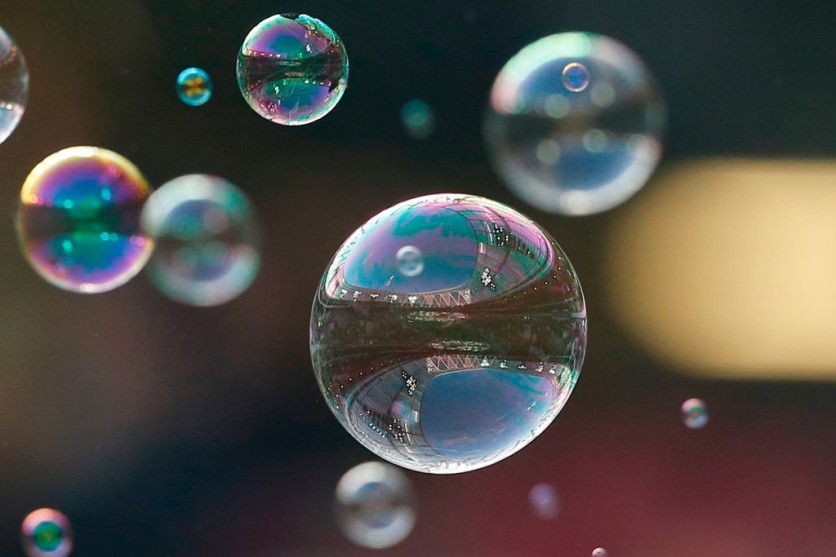A recent study suggests a potential solution inspired by the fundamental action of soap. Soap creates micelle structures that effectively capture and remove bacteria, oil, and debris when combined with water, acting as a bridge between water and the substances it cleans.

Exploring Soap-Inspired Electrolytes
Scientists at Idaho National Laboratory and Pacific Northwest National Laboratory drew inspiration from this process to develop a novel high-concentration electrolyte. This innovative electrolyte could address the challenges in metal-based batteries. This breakthrough was achieved by identifying the presence of micelle-like structures within the electrolyte, much like those observed in soap.
While it has shown promise in laboratory testing, Interesting Engineering reported that its full potential and further development remain constrained by limited comprehension of its underlying mechanisms. This study aims to shed light on these aspects. The research has introduced a unified theory to explain the enhanced performance of the unique electrolyte.
The study's findings reveal that in this context, the solvent takes on the role of a surfactant, enveloping the higher concentration salt at the micelle's core while simultaneously binding the diluent and salt. Bin Li, a senior scientist from Oak Ridge National Laboratory and a key contributor to the research, highlighted the significance of this discovery.
This newfound understanding of the process has provided researchers with the tools to establish the optimal concentrations and ratios required for achieving the most favorable reactions in batteries. This knowledge is a significant step forward in addressing the fundamental challenge in electrolyte engineering, which involves determining the ideal balance among its various components.
Read also: Future of Wearable Tech: Researchers Develop Stretchable Fabric-Based Lithium-Ion Battery
Yue Qi, a professor at Brown's School of Engineering, elaborated on this development, stating that a theory has been discovered, including guidelines for achieving the desired interactions among the salt, solvent, and diluent within the electrolyte, understanding the necessary concentrations and how they should be mixed.
Conducting Practical Experiments
Taking this concept to the next level, scientists at the Idaho National Laboratory conducted practical experiments, affirming the validity of this approach in producing efficient electrolytes that enhance the durability of lithium metal batteries. The results of this research have been published in the journal Nature Materials.
While the results are promising, the research team acknowledges that there is still much work to be done to overcome the challenges in electrolyte design for high-density batteries.
It's intriguing to consider that a solution rooted in something as commonplace as soap could hold the key to advancing battery technology. The collaborative effort was led by Corey M. Efaw at Idaho National Laboratory and Qisheng Wu, a senior research associate at Brown's School of Engineering.
The research involved contributions from teams at Boise State University, Brookhaven National Laboratory, and the University of Washington. Funding for the theoretical work at Brown was provided by NASA, while the experimental work was supported by the U.S. Department of Energy Battery500 Consortium.
Related Article : 14-Year-Old Innovator Develops Melanoma Treating Soap, Winning 3M Young Scientist's Challenge

ⓒ 2026 TECHTIMES.com All rights reserved. Do not reproduce without permission.




